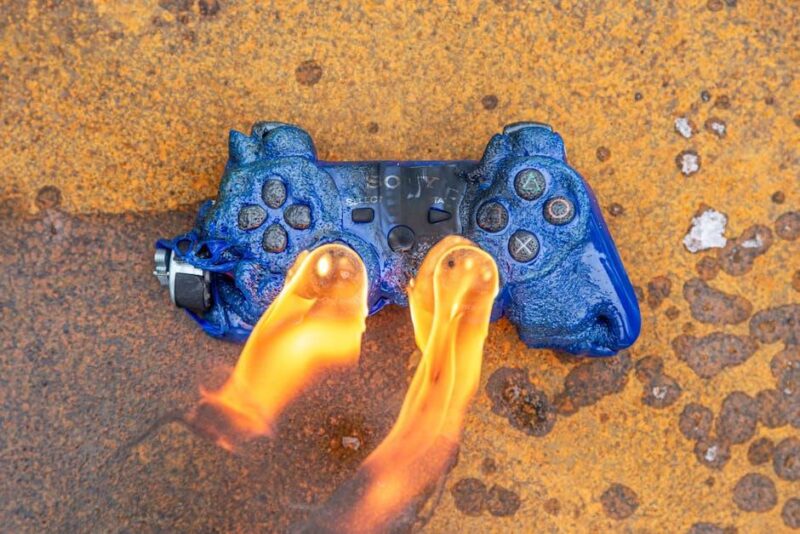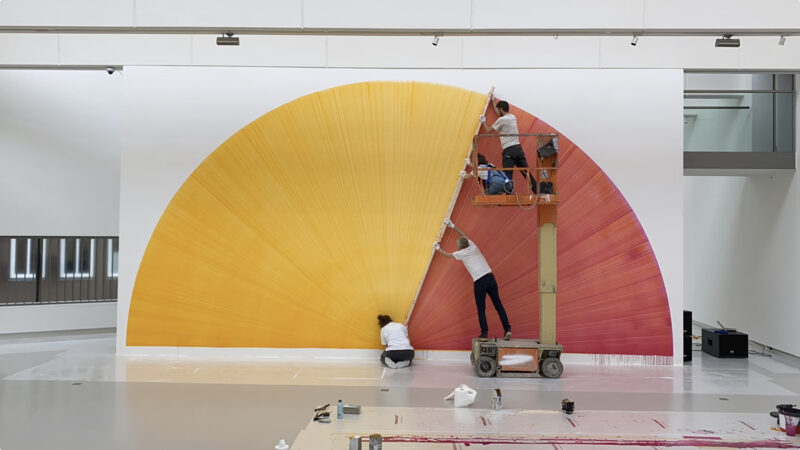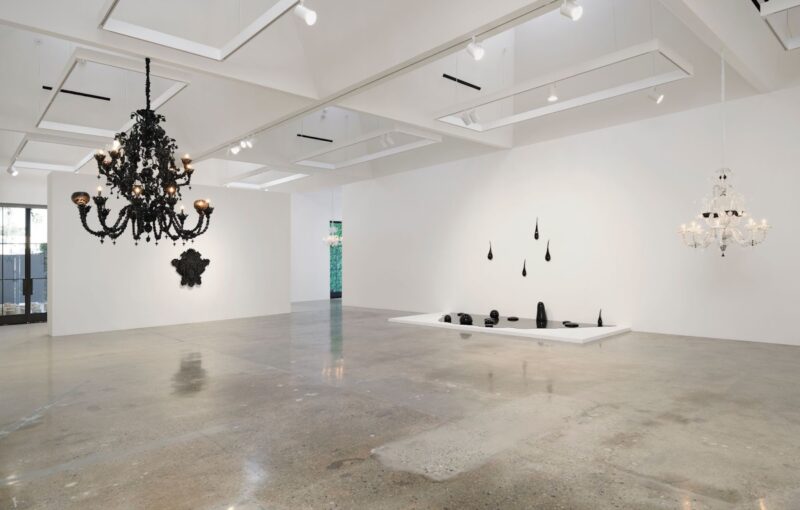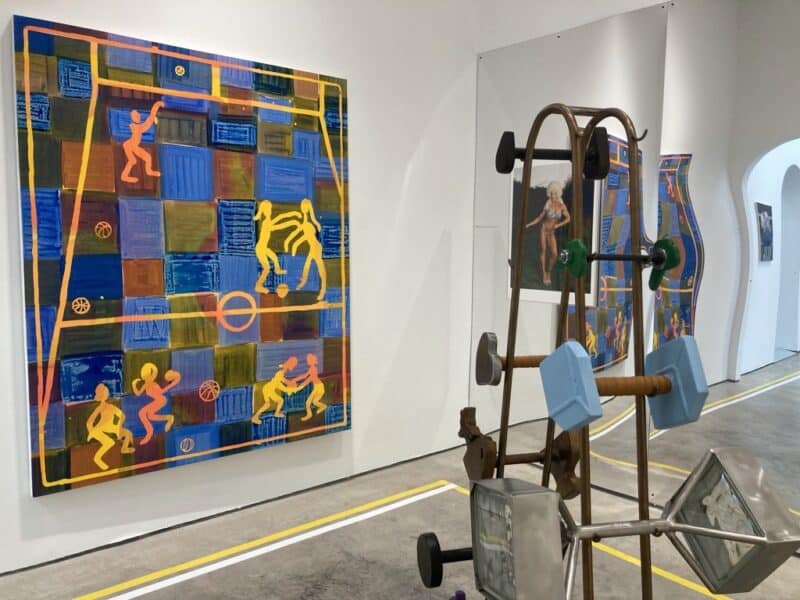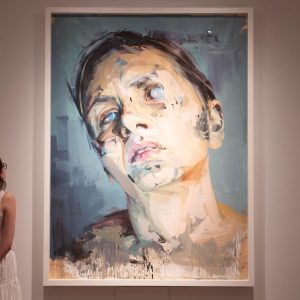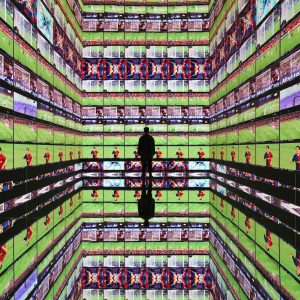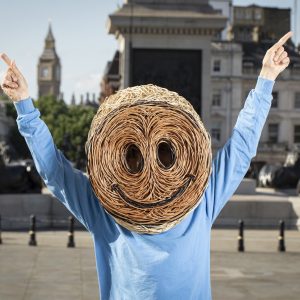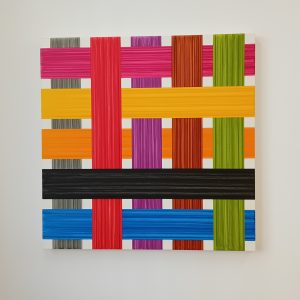100 x 79 x 55 in. 255 x 200 x 140 cm courtesy of the Artist and The Hole
The Hole will open LFG, a group show of video game aesthetics in art. Centered around a Kevin Bray epic video-sculpture (you can see above) this show will immerse you in the world of gaming through painting, sculpture, and installation.
Artists exhibiting: Bezimienny, Botond Keresztesi, Bryant Girsch, Gao Hang, Grant Stoops, Janne Schimmel, Kevin Bray, Ksawery Kirklewski, Luke Murphy, Magda Kirk, Mashine, Mathew Zefeldt, Ry David Bradley & Tabor Robak
The art world may be large, but the gaming world makes it look minuscule. Of all the creative experiences shaping us in 2025, video games probably rival music in reach—followed by social media, movies, and TV—while somewhere down with “poetry” sits “contemporary art.”
The exhibition includes some of the most interesting current art exploring video games’ aesthetics, logic, and cultural impact. “LFG” originated as “Looking For Group” but these days more often means “Let’s Fucking Go,” the rallying cry of gamers launching a group quest, raid, attack, etc. Multiplayer games, especially RPGs, have made gaming surprisingly social.
Video games have shaped an entire generation of artists—not just visually, but cognitively, emotionally, socially. They’ve trained us to think in systems, to obsess over world-building, to collaborate across vast distances, to inhabit avatars and alternate realities. For many younger artists, games aren’t just a medium—they’re a foundational aesthetic language like cinema or the internet. And it isn’t nostalgia or novelty—it’s infrastructure. The logic of a final boss, grinding, looting, leveling up, and glitching through walls are woven into how we see and make now. For artists raised on LAN parties and lag, boss fights and battle passes, it’s only natural that video games show up in the studio—not just as references, but as frameworks.
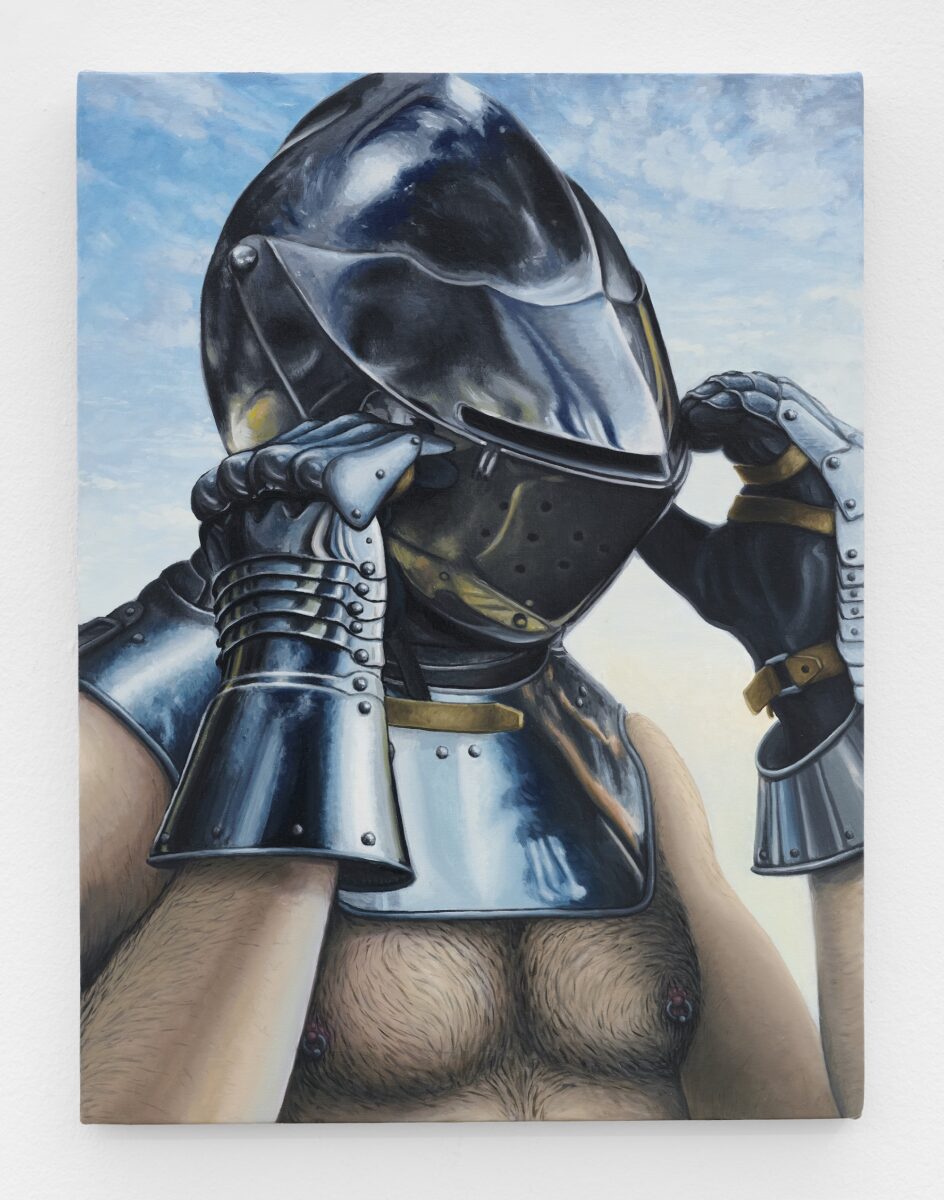
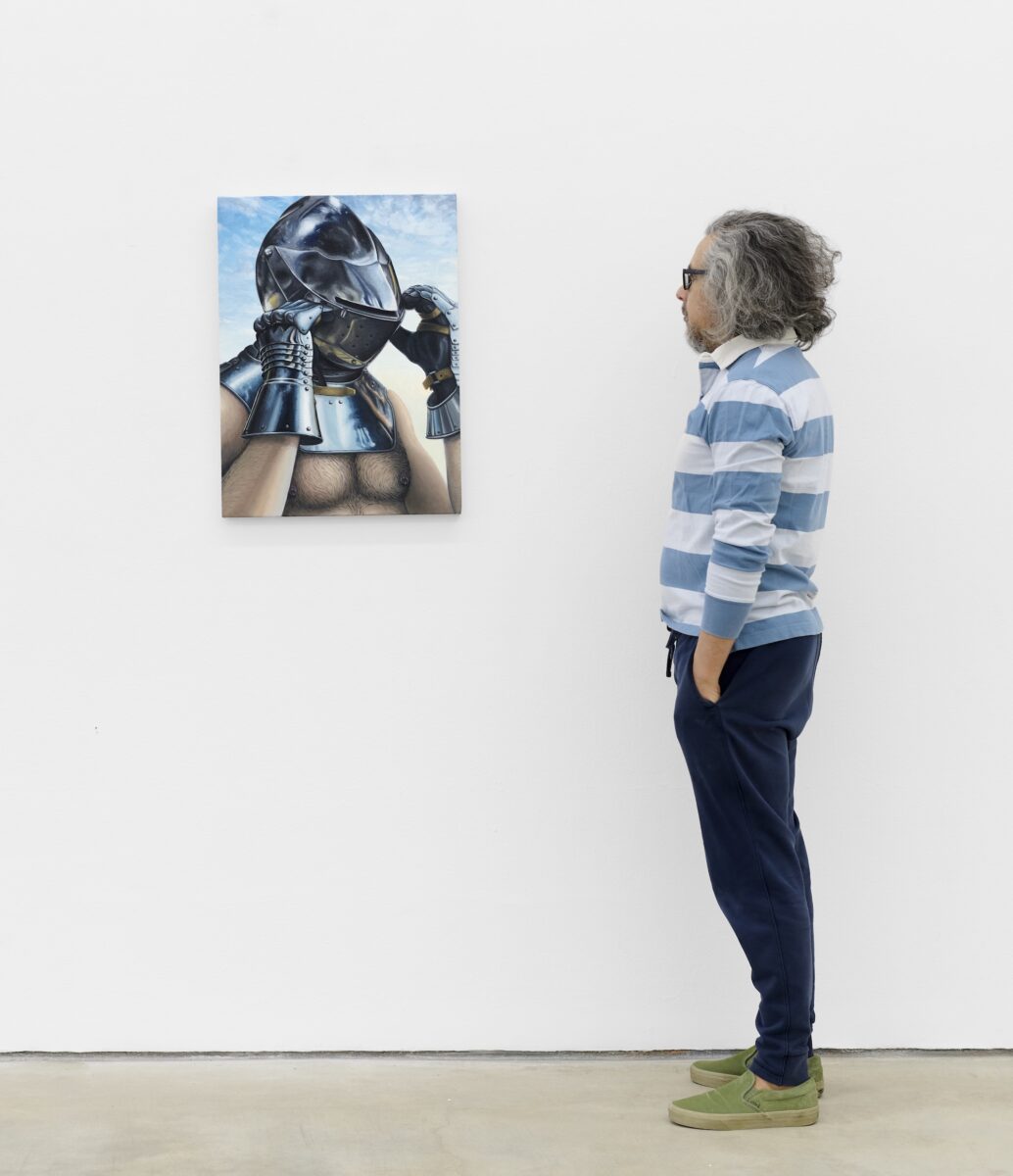
Polish trio Bezimienny, Mathew Zefeldt, Kevin Bray, and a wonderful little Bryant Girsch painting titled Battle Boy, where a medieval-helmed fellow reveals his nipple-ringed bare chest. Probing the contrast between human player and game avatar, Bezimienny paints a warrior princess; Zefeldt’s blue babe wields a bow and arrow at a robot while Kevin’s chimeric beast clangs an axe in endless, fragmented motion. Matching Bezimienny’s sculptural little plants are Gao Hang’s First Aid Kits—a relief to refill your stamina after the battle.
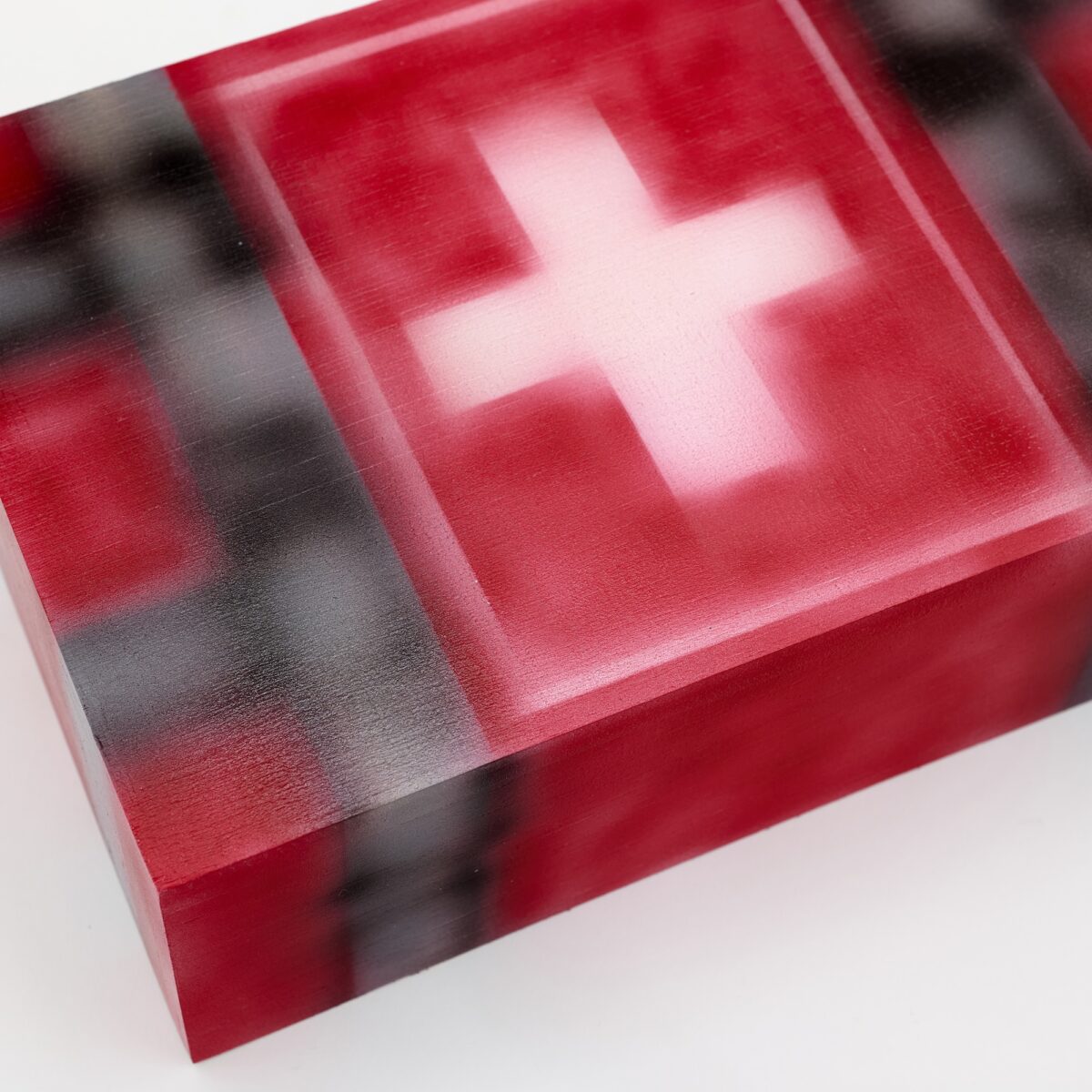
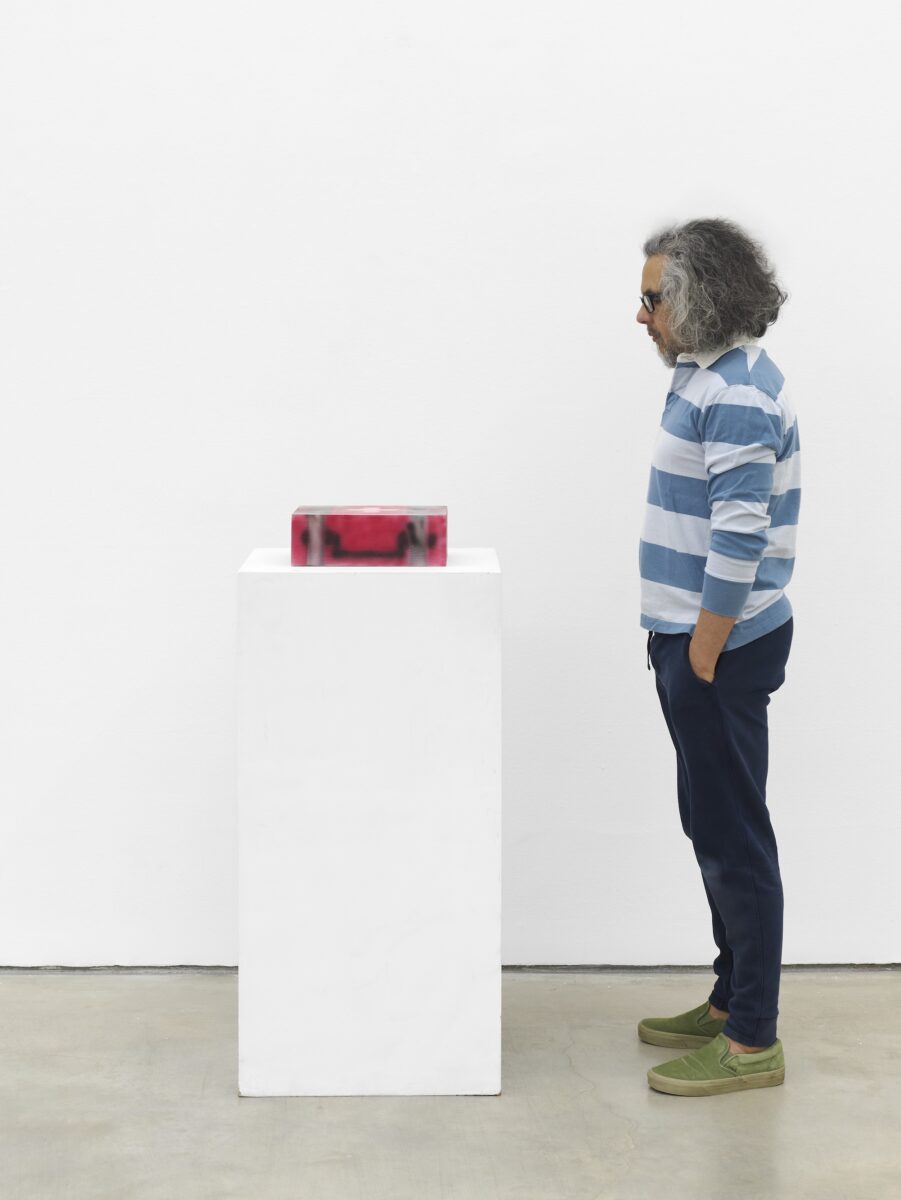
Code, light, and glitch are covered by Ksawery Komputery’s interactive, sound-sensitive LED jellyfish Atolla in the rear gallery, and Luke Murphy’s crumpling and slouching LED panels, their custom software endlessly unraveling. Mashine’s painting of a horrifying JD Vance Pikachu is like a glitch in reality—a dank meme culture artifact where lack of oxygen or perhaps hygiene breeds cultural mutants. The nine-screen new AI piece by Tabor Robak also inhabits a dark part of this liminal zone where things go very, very wrong: Dave & Buster’s meets detention camp, as armed guards force prisoners to play strange games.
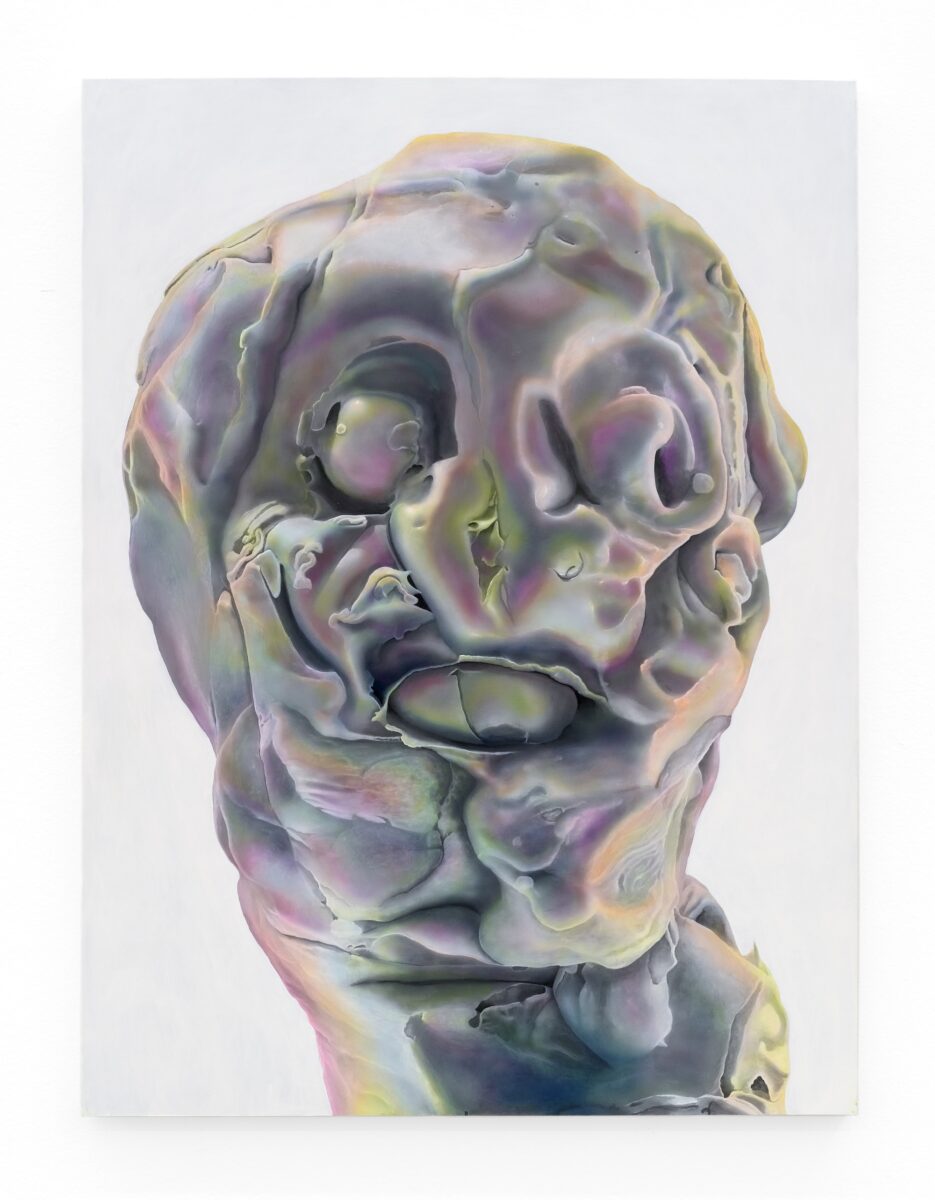
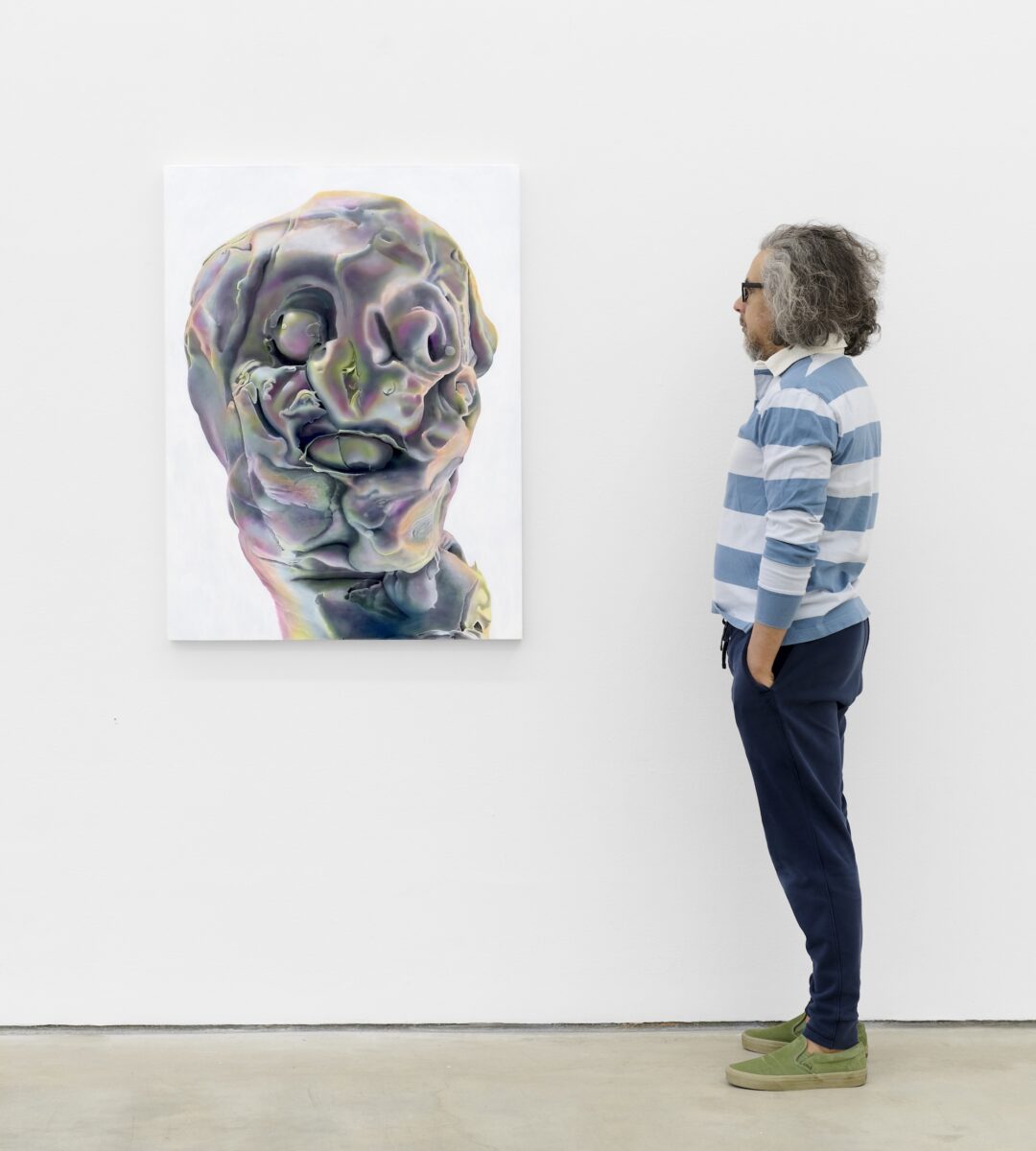
Skin and texture are the focus of Grant Stoops and Magda Kirk, both building figures for battle and leaving them smoothed and unarticulated, skimming them with an iridescent finish or a suit of overlapping tattoos. Botond Keresztesi manages to paint his own unique textures—gilded, pearlescent—to suit a vivid imagination that looks like a computer dreaming.
Janne Schimmel is the only artist to provide us an actual game to play. In a beautiful metal and crystal sculpture, Janne created a strange and boring video game on an old Game Boy—a poetic, odd journey of a little girl in a house, in a forest, with evocative chiptune music composed by the artist. To me, this work encapsulates my own relationship to gaming: forged in 8-bit, seeking materiality, memory, and the poetry that emerges from limited hardware and software. It’s about slowing down the future—resisting obsolescence and skirting death. For people my age, we fell in love with the radical potential of what technology could be. We don’t want to wind back the clock to feel like kids again—we want to go back so we can take a different path: one of hackers and mods, not the morass of social media and corporate gaming culture.
This show is a glimpse of what that path might look like —artists using the tools, textures and myths of gaming not to escape reality but to reprogram it. It’s messy, ambitious and unresolved, like any good game still in beta.
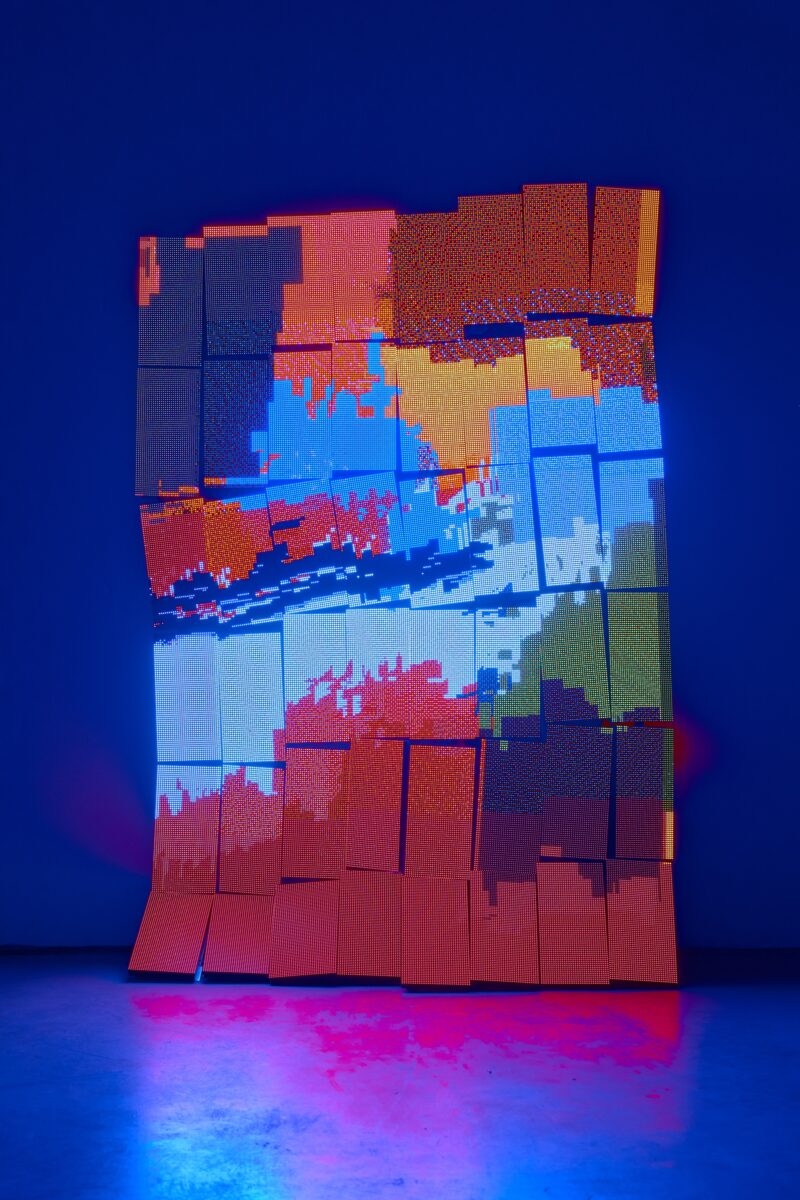
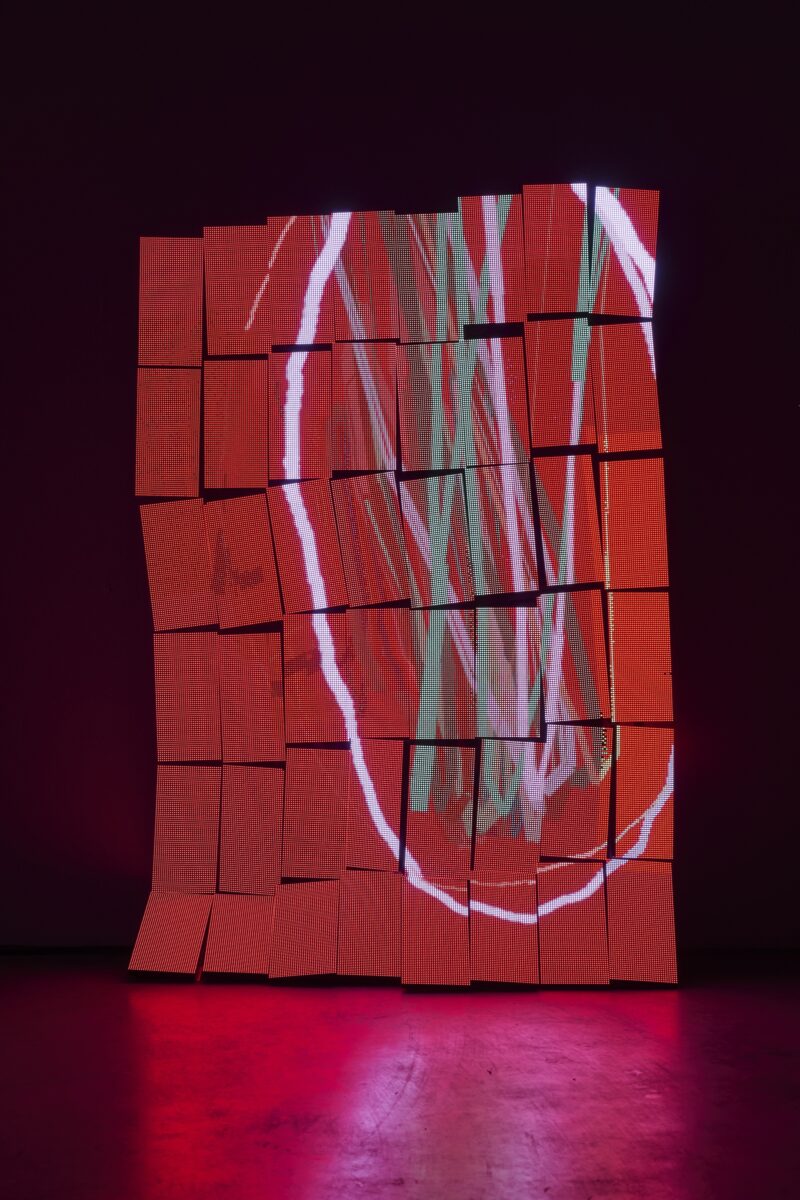
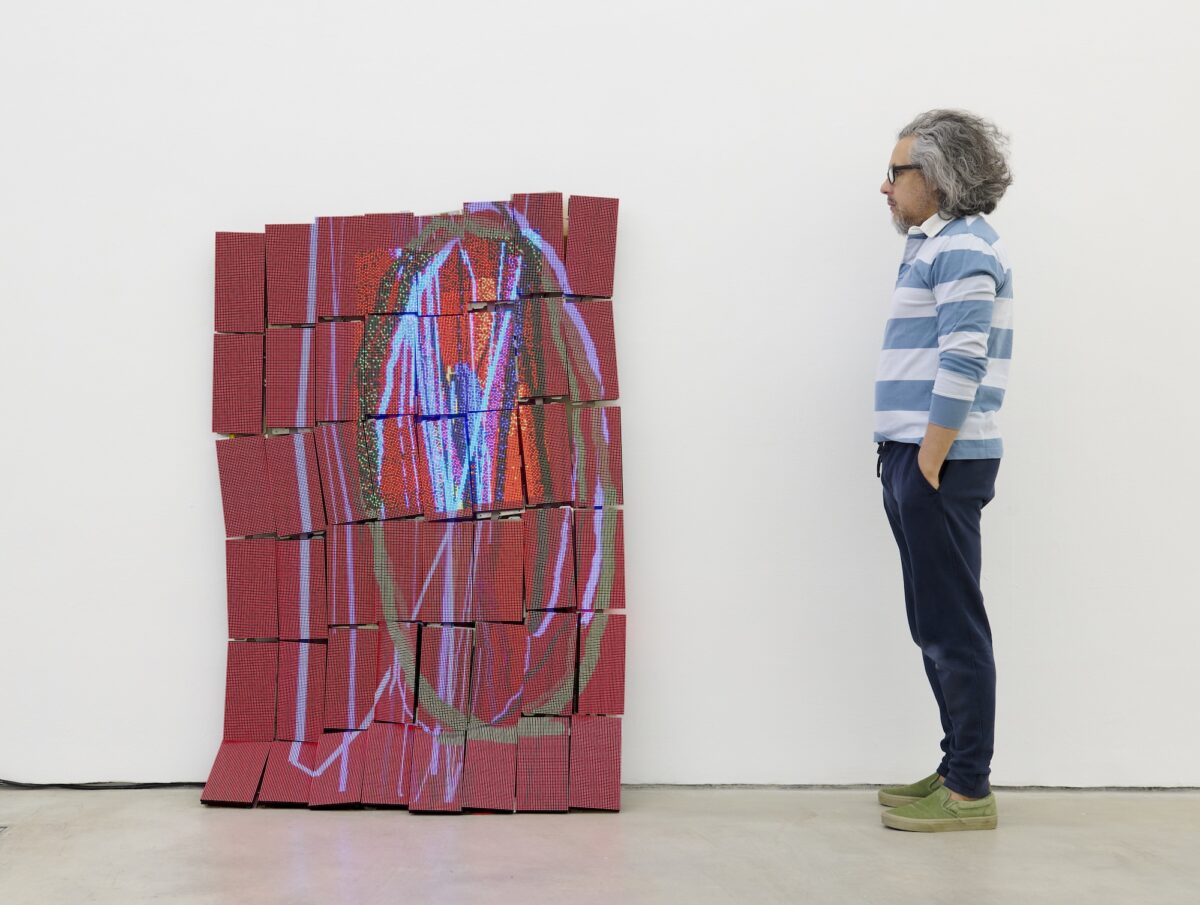
LFG, April 5th – May 17th, 2025 The Hole Tribeca
OPENING: Thursday, April 5th from 6PM-8PM
